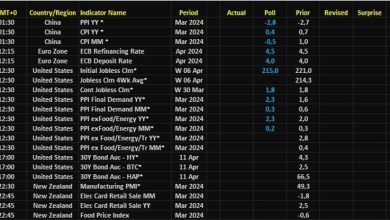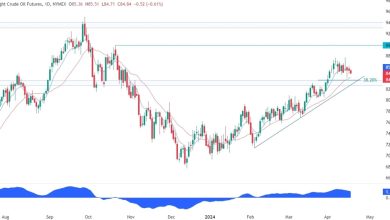Radio usage remains surprisingly high because of cars
- Like television, radio is a pre-Internet medium. But its use hasn’t collapsed like television.
- According to Nielsen, for people listening to free, ad-supported audio, radio remains dominant.
- But the younger you are, the less likely you are to listen to radio, even compared to other free options.
Radio is an ancient medium that made sense when there was no other way to listen to things. But that doesn’t make sense in the age of Spotify and podcasts and listening to what you want, when you want to listen to it.
RIGHT?
Well, not exactly. At least, not according to a new survey from Nielsen, which finds that many people still listen to the radio.
Specifically, Nielsen says that radio accounts for nearly 70% of all “ad-supported audio” listening time for adults in the United States, with the rest shared between podcasts, streaming audio and satellite radio.
Nielsen
Not surprisingly, these numbers lean in favor of older adults (who would be 35 and older, for the purposes of this survey) who will likely remember a time when radio was the only way to listen to music .
But the radio remains strong for a younger demo. Nielsen says this represents 45% of ad-supported listening among 18-34 year olds:
Nielsen
If this surprises you, it might be because you spend a lot of time on the Internet (thanks!) and/or because you don’t spend a lot of time driving. Because for many people, cars are still synonymous with the radio: Edison Research says that 70% of people who have been in a car in the last month listen primarily to the radio.
But also — if you’ve read this carefully (thanks!) — you’ll also have noticed that these Nielsen numbers only refer to “ad-supported audio,” meaning they don’t measure all listens . Spotify, for example, says it has 64 million premium subscribers in North America who pay to listen to on-demand, ad-free music. And they don’t appear in this Nielsen survey. The same goes for Apple Music subscribers, etc.
So what happens when you look at how users’ audio habits all types of listening?
The Nielsen data here isn’t as granular as I would have liked, but it was able to give me some idea. TL;DR: Turns out radio usage isn’t as dominant. But it’s still in the lead: Nielsen says it accounts for 37% of all listening time, followed by streaming audio (19%), podcasts (11%), and Sirius XM (8%). (The remaining 25% is split across all the other ways you can consume audio: content you own, content you listen to on YouTube, etc.)
So where does all this leave us?
On the one hand, this suggests that, unlike cable television, young people have not abandoned radio altogether. This is probably because it is both free and, in many cases, even easier to listen to in a car than something streamed over the Internet.
It also suggests that gravity is real, that water is wet, and that, as you might think, the more choices you have – and the more choices you are exposed to – the less likely you are to choose radio. Just like you thought.
businessinsider






